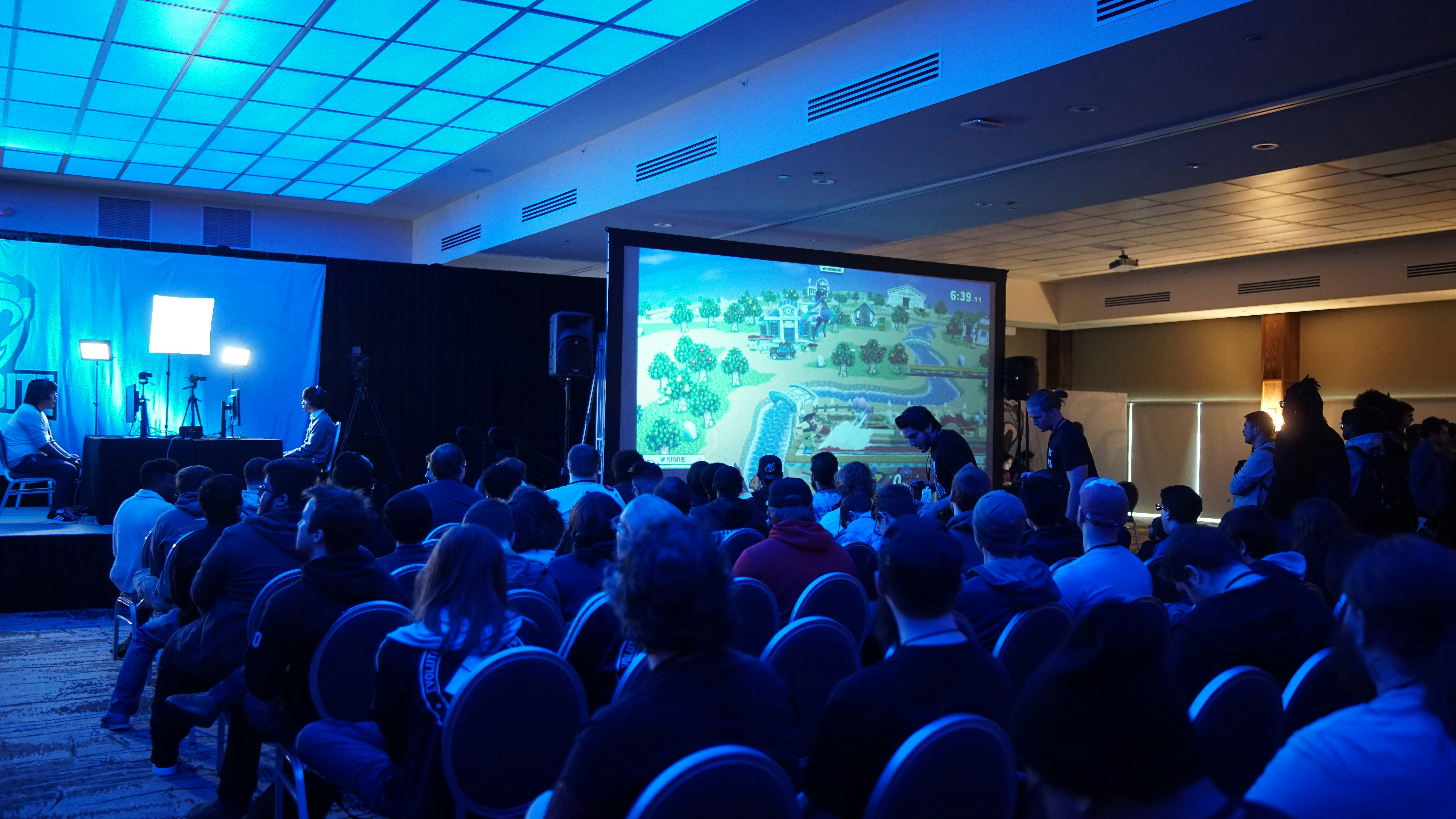Let’s talk about power within organisations
Facilitating change in a business setting often involves different people, working at many levels, to interrogate a specific problem, together.

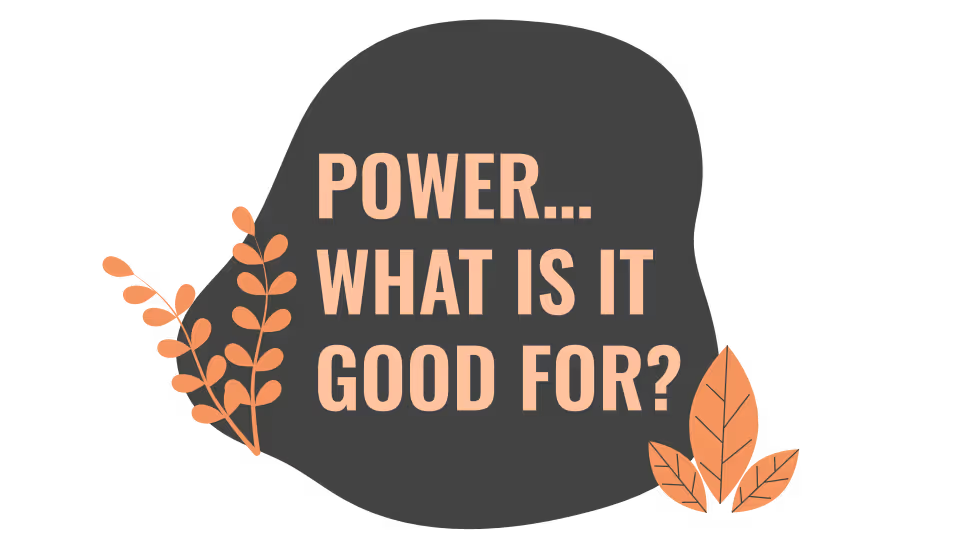
Power is a matter of position
Facilitating change in a business setting often involves different people, working at many levels, to interrogate a specific problem, together.
As a designer considering experience improvement, change management can create a certain amount of necessary tension, leading to personal power considerations. Including the people that a product or service serves in the conversation matters. Power affects communication and relationships in a very real way in design projects, and the environment these discussions are had within affects the opportunity for success. All these considerations can be mapped via power landscapes.
Authority is totally contingent upon where you sit within an organisation. Unfortunately all opinions are not created equal and design projects can amplify this uncomfortable fact. To a certain extent we need to acknowledge and navigate these structures as design practitioners.
Typically when you hear “We have a flat structure” that translates to…
“I am speaking from a very privileged point of view in our organisation”.
I imagine a person experiencing this perspective, looking at a map of a landscape from the top down. They are seeing it in 2D. Others, who understand their organisation is not flat experience the terrain, the ups and downs of the natural landscape. Those at a grass roots level, where the organisation meets the customer, they are those closest to the problems that need solving.
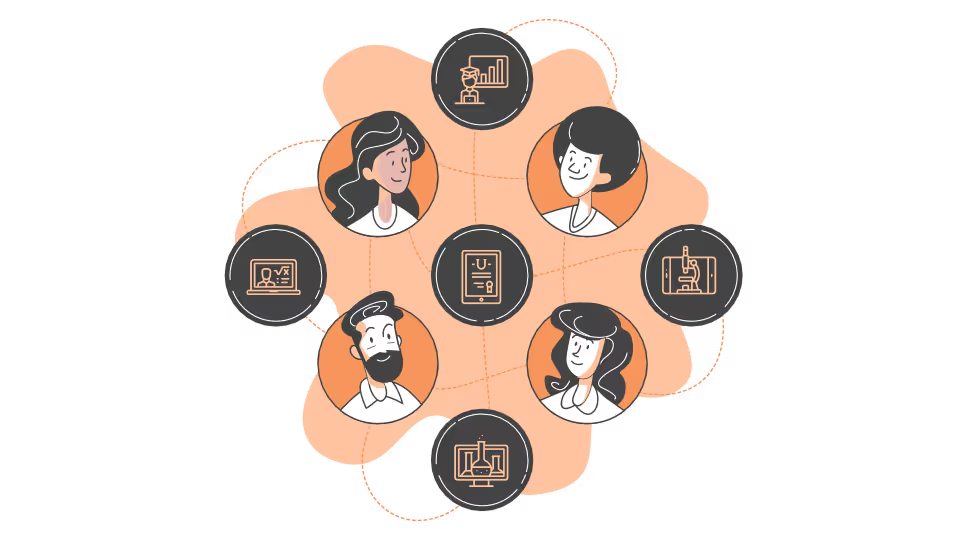
Perspectives & priorities
The change that design can initiate and accelerate within organisations hinges on negotiation. As project teams, we must not only consider what’s wanted, but also what is needed and what is implementable.
As design practitioners we prioritise input from as many different people or perspectives as possible. Naturally with many perspectives comes many subject matter experts and strong opinions about the way things should be done. Power comes into play, because people at different levels within an organisation hold varying levels and types of power… so to work through a design process effectively, we need to recognise this to ensure those biases do not translate into self serving decisions.
At the same time as we ensure diverse perspectives are represented, we need to be cognisant of our own power and the sway it has. Simply doing an interview in order to capture opinions from people can be tainted by them only feeling comfortable enough to tell us what they think we want to hear, rather than what we need to know in order to drive change.
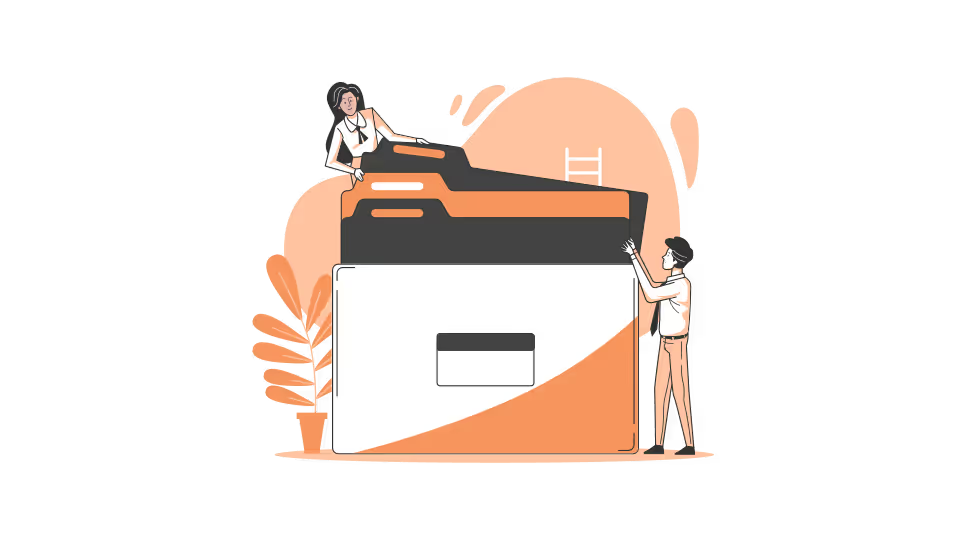
Power landscapes
Depending on your position in the system you’re working within, the dynamics of decision making can be very different. Having an awareness of your place is critical to truly understanding product or service transformation. Consider the power sharing that might need to happen when the CEO says “We have appropriate wait times in our call center.” The call center worker may or may not feel empowered to share the fact that their customers don’t agree. Both perspectives are valid, but which one is more useful to solving the customer drop off rate? Well that’s all about perspective.
Acknowledging your place is key to being respectful of and empathising with others.
People have taught me some important lessons when working in warehouses. It’s a tale of those in the know and those with the power. As a young professional we describing the “powers that be” as the inside upstairs people. Those in the air conditioning who made the decisions that affected everyone on the manufacturing floor. They may have been in charge but they were not the experts and nor should they be. I probably had the fantasy that I was one of the people doing the grunt work, but in reality I was on the lowest rung of the inside upstairs people. Knowing that and acknowledging that was valuable to my effectiveness. Knowing my place in the system meant that I could both speak manufacturing floor and board of directors language.

Position is a matter of perspective. The view from the top of the mountain is very different from the view from the valley.
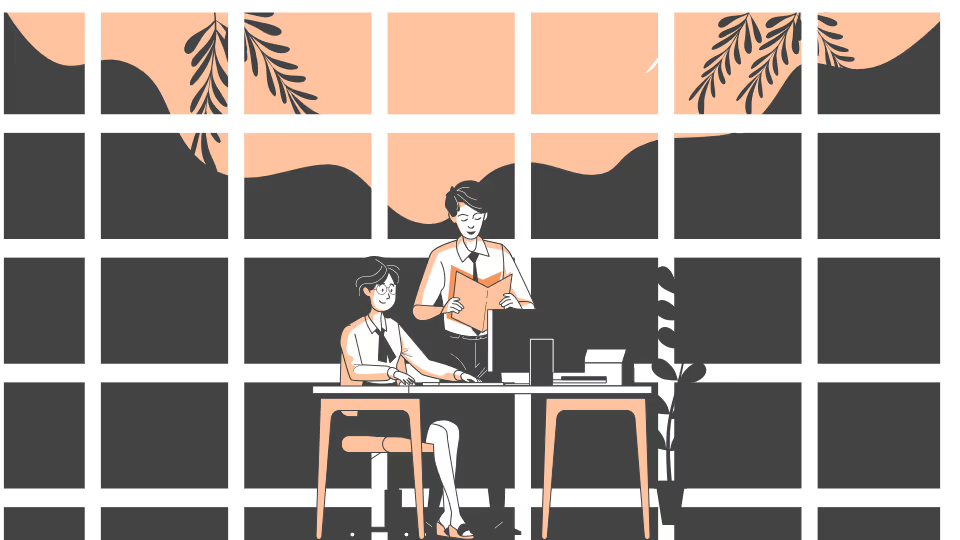
To understand power, you need to understand where people are coming from. Empathy allows you to understand this power dynamic/ or the landscape of power that you are working within and your own adaptability allows you to navigate that as a practitioner.
.png)

